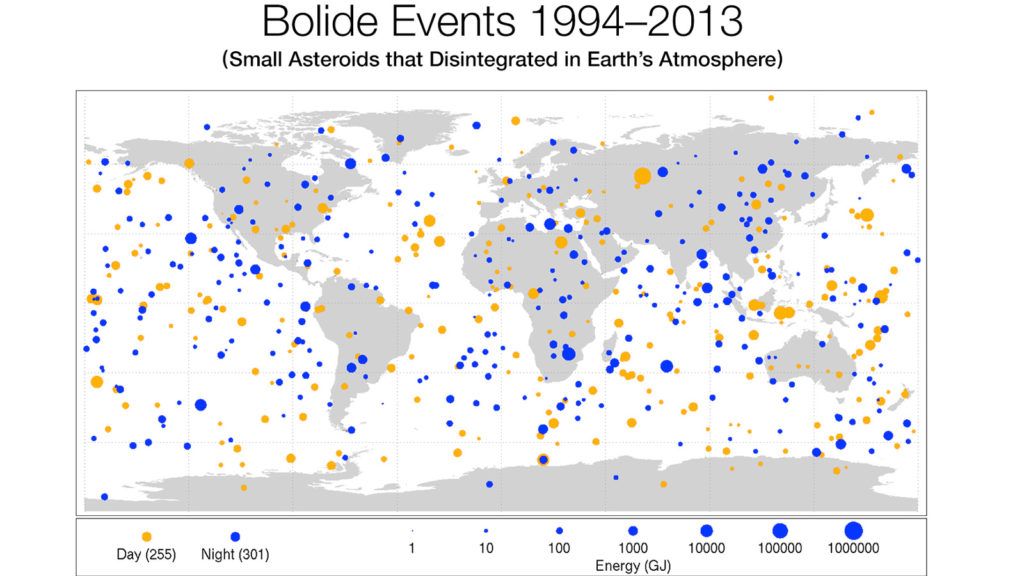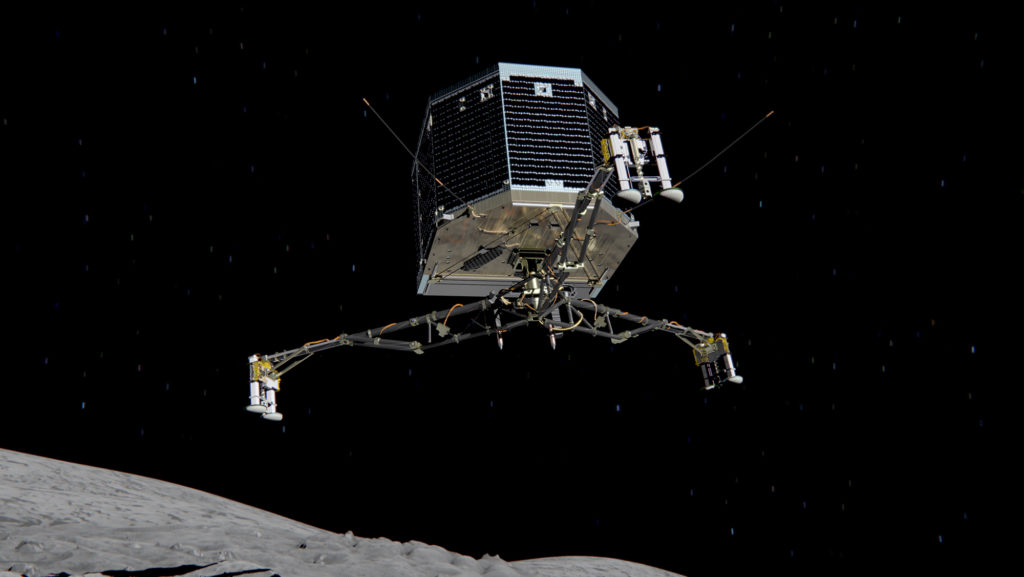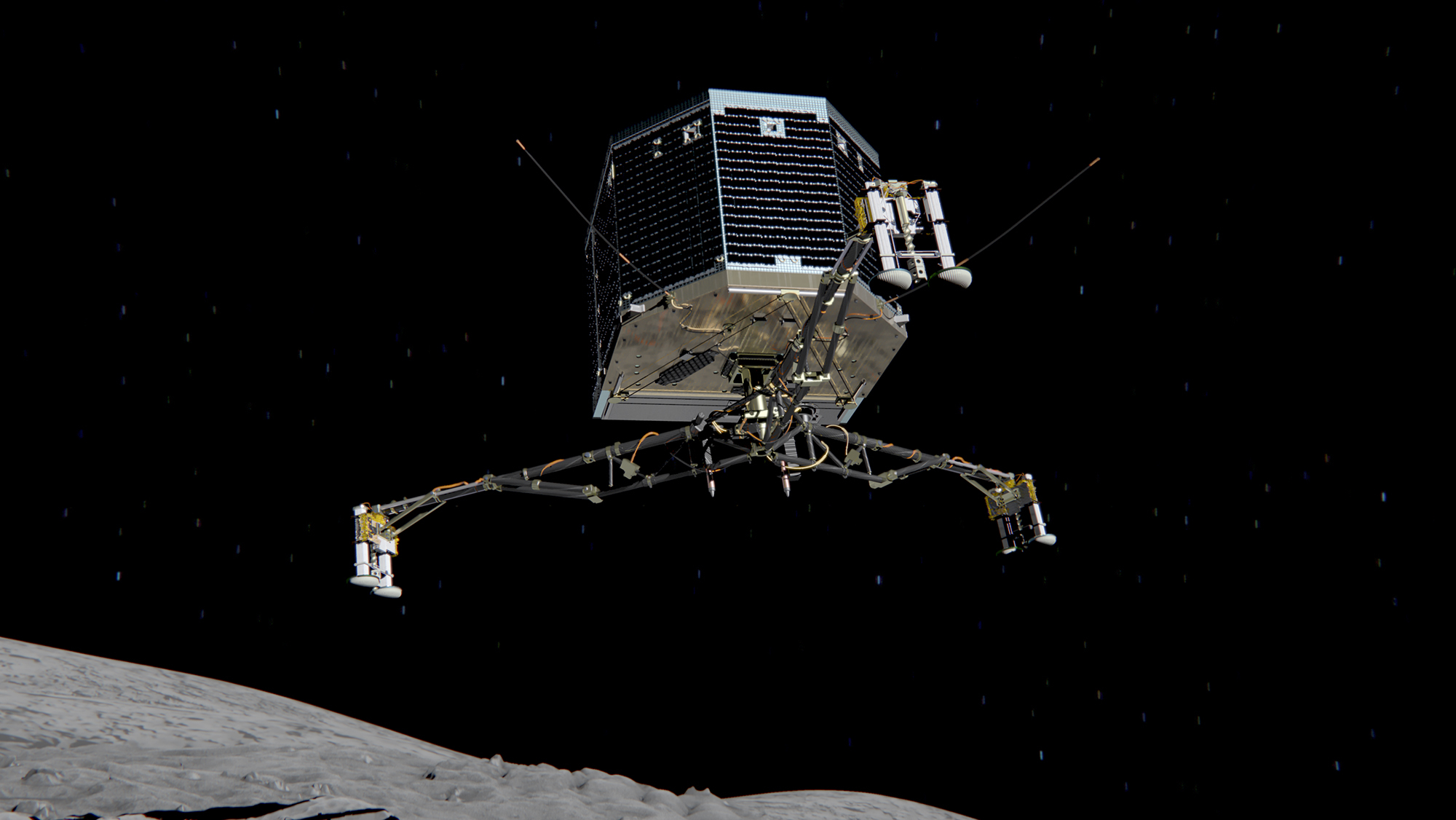
Map Of 556 Asteroids That Bombarded Earth in the Past 20 Years

NASA has released a new map of every single asteroid that entered Earth’s atmosphere from 1994 to 2013. It reveals that small asteroids frequently enter and disintegrate in the Earth’s atmosphere with random distribution around the globe. Almost all of these 556 asteroids were harmless but still big enough to be detected. Most of them resulted in fireball (or bolide), being burned by our atmosphere but there are several exceptions including the Chelyabinsk event last year which was the largest asteroid to hit Earth in this period.
Bolide events are spectacular explosions caused by large meteoroids entering Earth’s atmosphere. These fiery occurrences can illuminate the sky and sometimes result in meteorite fragments reaching the ground.
The data has been gathered by NASA’s Near Earth Objects (NEO) Program which was held to better estimate the distribution of the sizes of NEOs including larger ones that could pose a danger to Earth. Finding and characterizing hazardous asteroids to protect our home planet is a high priority for NASA. What I find striking is that the map shows how common asteroids strike our planet in a random but quite homogenous way. Conclusion… there is nowhere to hide.
source: NASA
Did you like this post? Read more and subscribe to our monthly newsletter!





